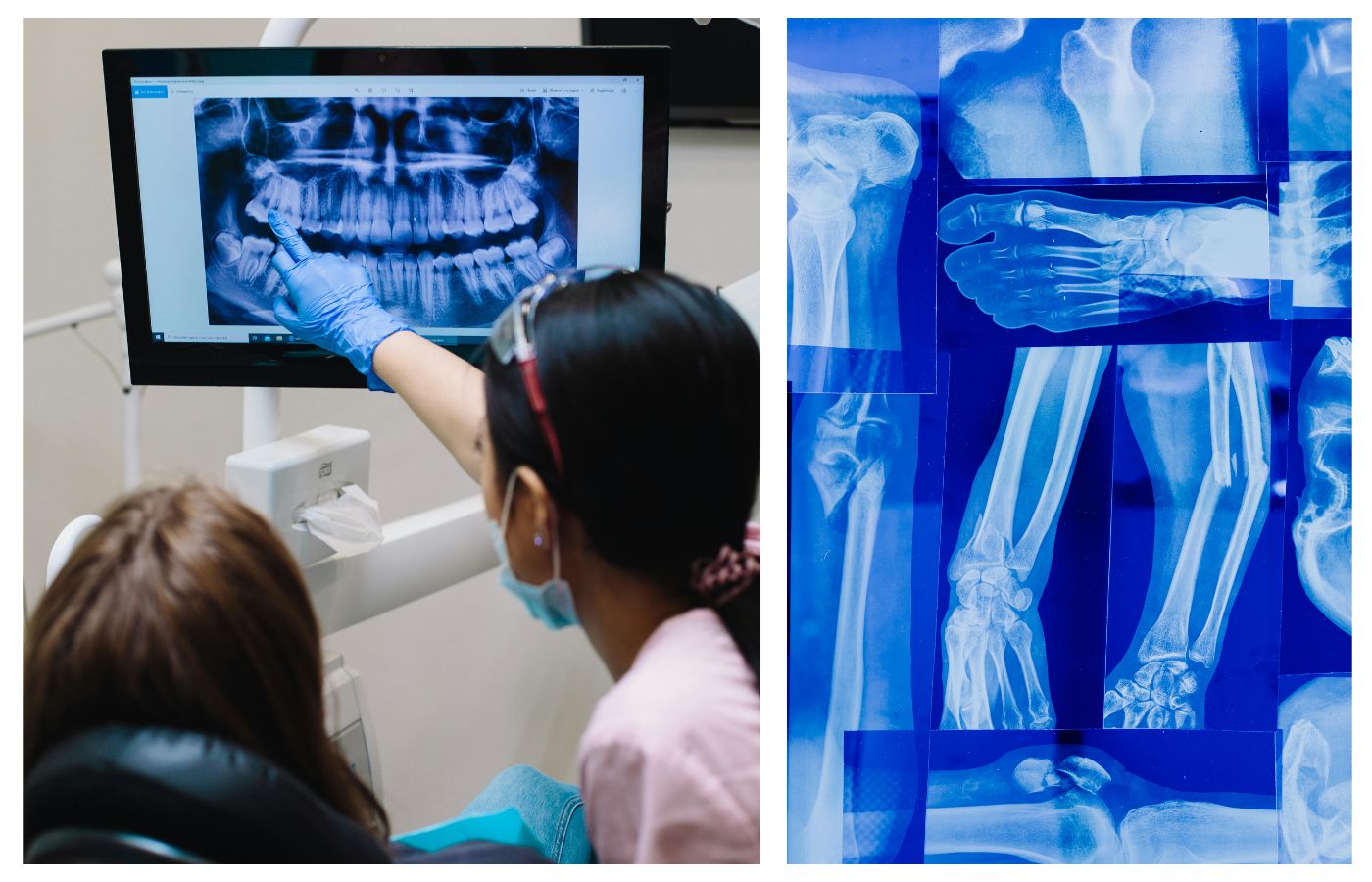
When it comes to diagnosing back pain, injuries, or structural issues in the spine, X-rays are often the first and most essential imaging technique recommended by doctors. A spine X-ray provides a quick, non-invasive, and detailed look at the bones of your spinal column, helping healthcare professionals detect abnormalities or injuries that could be causing discomfort or mobility issues.
A spinal X-ray is an imaging test that uses small amounts of radiation to capture images of the bones that make up your spine, including the cervical (neck), thoracic (mid-back), lumbar (lower back), and sacral (pelvic) regions. This test is crucial in identifying fractures, deformities, and degenerative diseases affecting the spine.
Depending on the location of your symptoms, your doctor might order a:
Lumbosacral spine X-ray (for issues where the lower spine meets the pelvis)
A spinal X-ray is often the first step in evaluating:
These X-rays help in identifying not just injuries but also long-term wear-and-tear changes such as arthritis or disc degeneration.
In the case of trauma, an X-ray for spine injury is crucial in detecting spinal fractures, dislocations, or misalignments. Fractures are often difficult to detect with physical exams alone, especially in the case of minor falls or sports injuries. A spinal fracture X-ray can show breaks in the vertebrae, compression fractures (often seen in osteoporosis), and other damage requiring urgent treatment.
Early detection of such fractures is vital to prevent long-term complications like nerve damage or chronic pain.
Many spinal deformities develop over time and may go unnoticed until symptoms arise. An X-ray for spine deformity helps identify and monitor conditions such as:
These conditions can impact posture, breathing, and mobility. X-rays not only help with diagnosis but also guide treatment options like bracing or surgery if necessary.
-Used for neck injuries or chronic neck pain.
-Helps detect misalignments, fractures, or disc degeneration.
2. Thoracic Spine X-ray-Captures the mid-back area.
-Useful for identifying kyphosis, vertebral fractures, or tumors in the thoracic vertebrae.
- Evaluates the lower back, where pain and injuries are most common.
- Important for diagnosing slipped discs, spinal arthritis, and compression fractures.
4. Lumbosacral Spine X-ray- Examines the area where the lumbar spine meets the sacrum.
- Helps detect degenerative diseases or deformities affecting mobility and lower body function.
You should talk to your doctor about a spinal X-ray if you are experiencing:
Yes. Modern X-ray equipment uses minimal radiation, and the procedure is quick and painless. At trusted diagnostic centers like Diagnopein, highly trained radiologists and technicians ensure your safety and comfort while maintaining the highest imaging standards.
At Diagnopein Diagnostic, we offer advanced imaging services including spinal X-rays for all regions — cervical, thoracic, lumbar, and lumbosacral. Our experienced team ensures accurate diagnosis, fast reporting, and a patient-friendly experience.
Whether you are dealing with persistent back pain, recovering from an injury, or need to monitor a spinal condition like scoliosis, Diagnopein provides reliable and affordable diagnostic solutions with expert support.
A spine X-ray is a critical tool for identifying spine injuries, spinal deformities, and other conditions that affect your mobility and quality of life. If you're experiencing any symptoms related to spinal health, don’t delay your diagnosis.
Visit Diagnopein.com to schedule your spine X-ray and get expert care tailored to your health needs